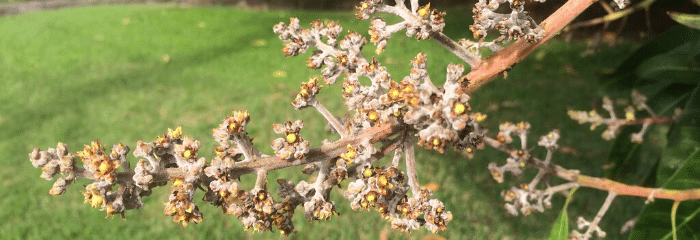We understand that trust is grown through the results we deliver.
Our technicians help identify and treat lawn diseases, like: brown patch, dollar spot, fairy ring, gray leaf spot fungus, rust, powdery mildew and spring dead spot.
Know how to protect your lawn’s health.
Avoid disease destruction with these powdery mildew tips.
Schedule my estimate
Powdery Mildew
Powdery Mildew While different fungal species are behind powdery mildew, Erysiphe australiana is one of the most common problems for crape myrtle trees. The effects of powdery mildew can be devastating to your trees and lawn—photosynthesis is obstructed, nutrients are underutilized, growth is stunted, and finally, the plant becomes overwhelmed and dies. The lawn care professionals at Fairway Lawns can help contain powdery mildew and get your yard healthy again! Contact us today!

How to Identify the Disease
It looks exactly as it sounds; it’s a white or greyish powdery substance that covers the leaves, stems, and flower buds of a plant, but identifying it can be tricky. Many people mistake it for downy mildew, which is very similar, except it grows only on the underside of plant leaves. This; however, covers the entire leaf. Young shoots and leaflets are most susceptible to this fungal infection, as well as rapidly growing, lush foliage that has been overfertilized.
Here’s what powdery mildew looks like on crape myrtle trees:
- Small-to-large, irregular-to-circular white/grey patches on leaves
- Stunted leaves that may only grow a third of the normal size and are abnormally thickened
- Pinhead fruit growth first appears white, turns to yellow, then to brown or black
- Reddish discoloration under the white coating
- Curling or twisting on new foliage before fungus growth is evident to the untrained eye
- Stunted flower stems
- Buds fail to develop flowers under severe disease levels
- Defoliation may occur
Powdery Mildew Control and Treatment
In the beginning, fungi form spores that spread through the wind and contaminate other plants. The disease is fairly easy to contain with the right techniques, for example, fungicides for this disease can help arrest an outbreak. Fungicides provide the greatest effectiveness when applications are started as soon as the disease infection occurs. That is why it is best to take action as soon as symptoms are noticed!
Having your trees inspected by Fairway Lawns will ensure your trees have the best chance of surviving this fungal disease. You can count on our lawn treatment service experts to identify and manage powdery mildew or any other lawn disease your yard is suffering from.
Tips before Developing
Before any symptoms escalate or even begin, it is always wise to take preventive measures for your crape myrtle trees, such as:
- Avoid heavy applications of fertilizer during the summer growing season
- Space plants apart to ensure good air circulation
- Practice selective tree pruning to maintain an open canopy to improve airflow
- Plant trees in full sun (6 hours minimum)
- Remove sprouts (suckers) at the base of the tree as they occur (sprouts are very susceptible to powdery mildew and once infected, the fungus easily spreads to the upper portions)
- Remove and destroy all infected plants, leaves, and branches (do not compost debris because remnants of the fungi can remain in composted materials and spread through the air)
Lawn Treatment Service
If your lawn is suffering from powdery mildew, contact the lawn disease treatment experts at Fairway Lawns to get your yard healthy once more!
